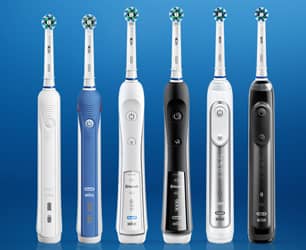3/27/08
Researchers at the University of Illinois, Chicago (UIC), have reported that mercury entering drain water from dental clinics and offices is a major source of pollution.
“We found the highest levels of methyl mercury ever reported in any environmental water sample," said Karl Rockne, associate professor of environmental engineering at UIC and corresponding author of the study.
Working with James Drummond, a UIC professor of restorative dentistry, Rockne gathered waste water samples in collection tanks generated from a single-chair dentist’s office and a 12-chair dental clinic to check for methyl mercury.
Water collected was allowed to settle. Clear layers above the settled particles were then analyzed for presence of methyl mercury. Slow-settling particles of mercury get into the waste water mostly after dentists use high-speed drills to remove old amalgam fillings. The fine particles the drilling produces provide an ample source of exposed mercury surfaces, making them prime targets for sulfur-reducing bacteria that commonly live in anaerobic conditions and are known to methylate mercury, the researchers note.
"It appears to be produced partially, if not fully, in the waste water, and it’s being produced very rapidly," said Rockne, adding that it was significant this was happening before the particles were getting into sewers, where sulfur-reducing bacteria thrive.
The finding raised the question whether the culprit bacteria were living in the mouths of dental patients.
"We don’t have the answer," Rockne said.
Based on their sample studies, the researchers estimate that 2 to 5 kilograms, or up to 11 pounds, of methyl mercury could be entering the public water supply of the United States each year from dental waste water. While this may not seem like much, methyl mercury is highly toxic in minute amounts.
When in waterways, methyl mercury tends to get biomagnified up the food chain, moving from algae and phytoplankton to fish and, ultimately, to humans.
While surprised by the level of contaminants found in the study, Rockne said follow-up research is necessary.
"Amalgam separators are a good first step, but maybe something else is necessary downstream to prevent further methylation and prevent further soluble mercury from getting through the system," he said. "We have to take more steps to prevent the problem from occurring in the first place. We’re dealing with a pipe—a control point. As an engineer, I see this as a problem that is tractable—something we can definitely do something about."
[University of Illinois at Chicago, March 26, 2008]









